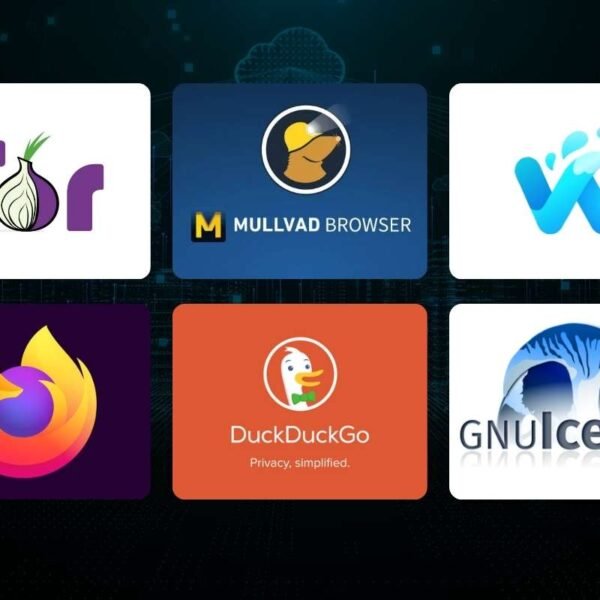The modern workplace presents employees with a changing world and is dynamic in structure. Modern-day competition requires a workforce with current knowledge and skills. Traditionally, training was not capable of keeping pace with the enormousness and intensity of change introduced in the modern workplace. So comes that time of e-learning at work, a process through which organizations are seeing a makeover in the ways their employees learn and fit into them. Flexibility and accessibility to learning opportunities are characteristics of this approach-prospective traits for better organizational careers.
The Rise of E-learning at Work
If the digital revolution has touched any aspect of our lives, learning must be one of them. Rather than being restricted to classrooms with tightly scheduled timetables, learning now flows in and out of work because of e-learning in the workplace. This is not just some trend but a complete overhaul of how organizations have approached employee development.
Digital platforms present an unparalleled range of experiences, from interactive lessons to training, game-based assessments, and virtuous classrooms. This flexibility enables organizations to set up learning programs aligned with specific needs and styles of learning to get the most out of their learning and engagement. The emergence of e-learning in the workplace corresponds to the need to provide training that is readily accessed and constantly updated.
Benefits of E-learning for Employees

E-learning puts employees in charge of their professional development. It is accessible where and when to learn, fitting perfectly within the packed schedules. The flexibility in learning time is useful, especially for remote workers and those who have several responsibilities. Furthermore, digital platforms frequently provide personalized learning paths so that the user can concentrate on areas to improve or expand their knowledge. This much-targeted skill development boosts employees’ motivation and job satisfaction. This illustrates that employees feel valued in organizations that invest in them through e-learning at work, translating to their retention and possibly an engaged workforce.
Read More: Learn these 11 Chapters to Navigate the Power of Diversity and Inclusion in the Modern Workplace
Benefits of E-learning at Work for Organizations
Besides individual benefits, e-learning also offers a great boon to the organization as a whole. One astounding benefit is cost-effectiveness. Compared to traditional training methods, e-learning at the workplace significantly reduces travel, accommodation, materials, and instructor fees. Another significant advantage of e-learning is scalable. A digital learning program can thus reach large numbers of employees at once, regardless of location.
Therefore, this makes e-learning fit for the induction of recruits, roll out of company-wide initiatives, or continuing professional development. Also, digital platforms furnish useful data and analytics, creating an overview of employee performance, helping to pinpoint knowledge gaps, and gauging the success of learning programs. All this data-oriented work allows for continuous upgrades and ensures that learning initiatives line up with business requirements.
Key Features of Effective E-learning at Work

Not all digital learning programs, or e-learning at work initiatives, are created equal. To maximize impact, organizations should focus on incorporating the following key features:
- Engaging Content: Interactive modules, videos, simulations, and gamification can transform passive learning into an active and enjoyable experience.
- Personalized Learning Paths: Tailoring learning content to individual needs and skill levels ensures relevance and maximizes knowledge retention.
- Mobile Accessibility: Allowing employees to access learning materials on their mobile devices provides flexibility and encourages continuous learning.
- Microlearning: Breaking down complex topics into bite-sized modules makes learning more manageable and digestible.
- Social Learning: Incorporating collaborative elements, such as discussion forums and group projects, fosters peer-to-peer learning and knowledge sharing.
- Assessment and Feedback: Regular assessments and feedback mechanisms help employees track their progress and identify areas for improvement.
- Integration with Existing Systems: Seamless integration with existing HR and learning management systems streamlines administration and tracking.
Read More: Transform Your Workplace with Effective Office Space Planning
Implementing E-learning Successfully
Successfully implementing E-learning requires careful planning and execution. Organizations should:
- Define Clear Objectives: Clearly articulate the goals of the learning program and how it aligns with business objectives.
- Conduct a Needs Assessment: Identify the specific skills and knowledge gaps that need to be addressed.
- Select the Right Platform: Choose a digital learning platform that meets the organization’s needs and budget.
- Develop Engaging Content: Invest in creating high-quality, interactive learning materials.
- Promote and Communicate: Effectively communicate the benefits of E-learning to employees and encourage participation.
- Provide Support and Training: Offer support and training to employees on how to use the digital learning platform.
- Measure and Evaluate: Track employee progress and evaluate the effectiveness of the learning program.
Read More: A Deep Dive into Corporate Wellness Programs for a Healthier, Happier Workplace
The Future of E-learning at Work

The evolution of E-learning continues. It is fast progressive with the introduction of new aspects of technology and approaches. Besides these technologies, other technologies on the verge of revolutionizing the learning method include artificial intelligence (AI), virtual reality (VR), and augmented reality (AR), which in turn will create immersive and personalized learning environments. In tandem with this ongoing development of technology, E-learning will become further embedded into the workspace, ultimately transforming employee learning, growth, and contributions to the organization’s success.
The future of work will certainly be digital, and E-learning may be the only key to releasing the entire working potential. Making this transformation no longer feels like an indulgence, it is now an obligation of organizations trying to become players in the 21st-century game. Investing in e-learning at work is hence to invest in employees and one into the future.
Conclusion
Yes, E-learning at work has become a superstructure on which organizational training is now dependent to provide employees with adequate competence for beating the competition. E-learning brings flexibility, availability, and personalized learning to support both personal career growth and organizational success. As a result, it has become a must-have strategy for modern organizations considering the advantages across the board including cost-effectiveness, scalability, employee engagement, and retention.
Apparently, with more advances in technology, the future of E-learning shall evolve further into something dynamic, incorporating AI, VR, and AR for effective and immersive learning. Implementing this digital transformation in organizations will surely result in the fast-tracked provision of a continuously developing and skillful workforce for any organization, especially with technology constantly evolving. E-learning in the workplace in this era is no longer an option but a necessity for its incremental feature of building growth and innovation.
Frequently Asked Questions:
1. What are the key benefits of e-learning at work for employees and organizations?
Employees benefit from flexibility, accessibility, personalized learning, and career growth. Organizations gain cost-effectiveness, scalability, improved employee engagement, and access to data-driven insights for continuous improvement.
2. What are the essential features of an effective e-learning program in the workplace?
Engaging content, personalized learning paths, mobile accessibility, microlearning, social learning, regular assessments, and integration with existing HR and learning management systems.
3. How can organizations successfully implement e-learning at work?
By defining clear objectives, conducting a needs assessment, selecting the right platform, developing engaging content, promoting participation, providing support and training, and continuously measuring and evaluating progress.










